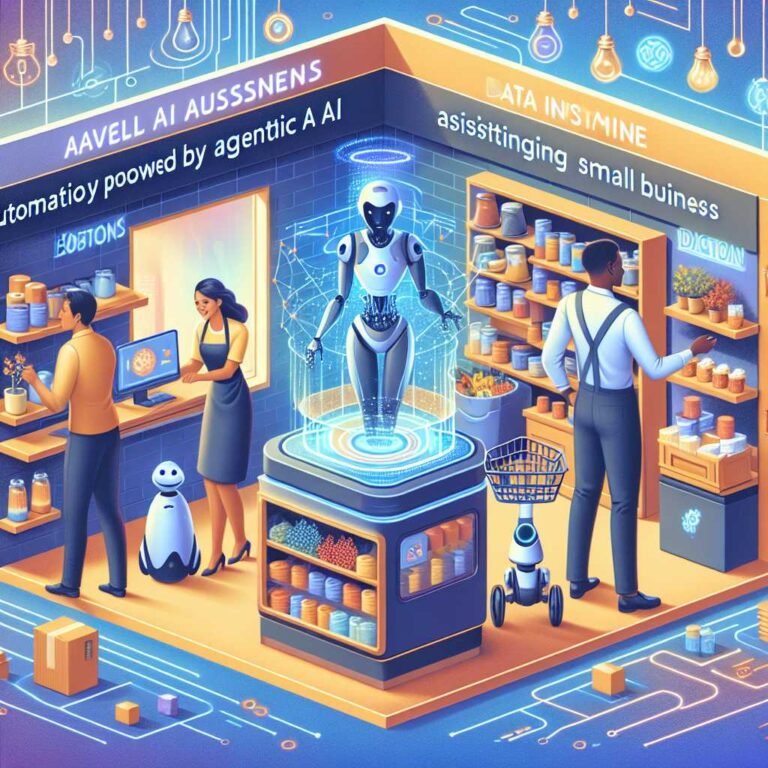Twenty: The Ultimate Open-Source CRM for Self-Hosting and Local Setup
Have you ever wondered why most CRMs feel like they’re working against you instead of for you? Or why, after months of using a CRM, you realize your customer data is trapped behind paywalls and arbitrary limitations? If you’ve felt this frustration, you’re not alone—and you’re exactly who we built Twenty for.
Today, let’s pull back the curtain on why the world needs a new kind of CRM, how Twenty challenges the status quo with its open-source model, and—if you’re ready to take control—how to install it on your own terms, self-hosted or local.
Why the World Needed Another CRM (And Why Twenty Is Different)
Let’s face it: most commercial CRMs have become bloated, expensive, and—worst of all—built around vendor lock-in. Companies extract more from you by holding your data hostage. The result? Sky-high monthly fees and a lingering suspicion that you’re working for your CRM, not the other way around.
Twenty was born from three simple but powerful convictions:
- CRMs shouldn’t be expensive prisons. You deserve control over your data, not a lifetime of recurring charges.
- It’s time for a fresh approach. Old-school CRMs are clunky. Why not learn from the intuitive UX of Notion, Airtable, or Linear?
- Open-source and community-driven is better. Hundreds of developers are already shaping Twenty, and a plugin ecosystem is just around the corner.
Here’s why that matters: with open-source, there’s transparency, flexibility, and the freedom to make your CRM your own.
What You Can Do with Twenty: Features Built for Real Teams
Twenty isn’t just a CRM—it’s a flexible platform you can tailor to fit your workflow. Whether you’re a founder, sales lead, or developer, Twenty grows with you.
Key Features That Make Twenty Stand Out
- Personalized Layouts: Switch between table, kanban, grouped, or sorted views. Organize your pipeline exactly how you want.
- Custom Objects and Fields: Model your business with complete flexibility — add or modify data structures as your needs evolve.
- Granular Permissions and Roles: Assign custom roles to manage who sees and edits what, boosting both security and collaboration.
- Automated Workflows: Use triggers and actions to handle repetitive tasks—think follow-up emails, reminders, or deal stage changes—automatically.
- Integrated Communications: Manage emails, calendar events, files, and more directly from your CRM.
Real-World Example
Imagine you’re managing a sales pipeline. With Twenty, you can: – View companies in a kanban layout, dragging deals as they progress. – Set up custom fields for each deal, such as “Expected Close Date” or “Source.” – Automate an email when a deal advances to the “Negotiation” stage. – Restrict sensitive deals so only senior sales can access them.
That’s flexibility and power—without the headaches.
Installation Guide: How to Self-Host or Run Twenty Locally
Ready to break free from legacy CRMs? Here’s how you can get started with Twenty on your own infrastructure. Whether you want to self-host in the cloud or just tinker locally, setup is straightforward.
Prerequisites
Before you begin, make sure you have: – Node.js (LTS version recommended) – PostgreSQL – Redis – Git
If you’re new to these, check out the excellent “What is Node.js?” and PostgreSQL’s Getting Started Guide.
Step 1: Clone the Twenty Repository
Open your terminal and run:
bash
git clone https://github.com/twentycrm/twenty.git
cd twenty
Step 2: Install Dependencies
Inside the project directory, install all dependencies:
bash
npm install
Step 3: Configure Your Environment
Copy the example environment file:
bash
cp .env.example .env
Edit .env to add your PostgreSQL and Redis connection strings. This lets Twenty connect to your database and message queue.
Step 4: Set Up the Database
Run the migration command to initialize the database:
bash
npm run db:migrate
Step 5: Start the Application
For local development, simply run:
bash
npm run dev
For production, consider using PM2 or Docker (see the official docs) for process management and scalability.
Step 6: Access Your CRM
Navigate to http://localhost:3000 in your browser. You’re up and running! From here, start exploring layouts, creating objects, and customizing your CRM.
Troubleshooting Tips
- If you run into database connection issues, double-check your
.envfile. - Missing dependencies? Make sure you’re using the right Node.js version.
- Need help? Open an issue on GitHub—the community is active and eager to help.
Under the Hood: Modern Tech Stack for Maximum Performance
Twenty isn’t just flexible at the UX level. Its architecture is built for speed, reliability, and developer happiness:
- TypeScript & Nx: Modern language and monorepo tools for maintainable code.
- NestJS & BullMQ: Powerful backend framework with job queues for smooth automation.
- PostgreSQL & Redis: Industry-standard persistence and caching.
- React, Recoil, Emotion, Lingui: Fast, reactive front-end with internationalization.
This stack means you get a snappy, reliable, and secure CRM—no matter how big your company grows.
Why Open-Source Matters for Your CRM
Let me explain: open-source isn’t just about code transparency—it’s about community, security, and freedom. With hundreds of developers already contributing, bugs are found and fixed fast. New features, like plugin capabilities, are always just around the corner. And if you need something unique, you can build it—or hire someone who can.
Want to shape the roadmap? Just create a GitHub issue. The future of Twenty is built together, not dictated from above.
FAQ: People Also Ask
Is Twenty really free to use?
Yes. Twenty is fully open-source and free for everyone. You can self-host, modify, and scale without license fees. See the GitHub repo for details.
How does Twenty compare to commercial CRMs like Salesforce or HubSpot?
Twenty gives you full data ownership, no vendor lock-in, and community-driven development. While it may lack niche enterprise features out-of-the-box, it’s rapidly evolving—and you can customize it to fit your needs.
Does Twenty support plugins or integrations?
Plugin capabilities are in development. Stay tuned—soon you’ll be able to extend Twenty with custom integrations, just like WordPress or Notion.
What if I need help with setup or have feature requests?
You’re encouraged to open issues or questions on GitHub. There’s a growing community ready to assist.
Is my data secure with Twenty?
Security is a core focus. The modern stack and transparent codebase mean vulnerabilities are spotted fast. Still, always follow best practices for self-hosting (like using SSL, strong passwords, and regular updates). Learn more about open-source security.
Takeaway: Your CRM, Your Rules
The world doesn’t need yet another CRM—it needs a better one. With Twenty, you reclaim control over your data, benefit from modern UX, and tap into the power of open source and community.
Ready to see what a CRM should feel like? Explore Twenty on GitHub, join the conversation, or subscribe for updates as we shape the future of customer management—together.
Your team deserves a CRM that works as hard as you do. Don’t settle for less. Give Twenty a try and experience the freedom of open-source, on your terms.
Discover more at InnoVirtuoso.com
I would love some feedback on my writing so if you have any, please don’t hesitate to leave a comment around here or in any platforms that is convenient for you.
For more on tech and other topics, explore InnoVirtuoso.com anytime. Subscribe to my newsletter and join our growing community—we’ll create something magical together. I promise, it’ll never be boring!
Stay updated with the latest news—subscribe to our newsletter today!
Thank you all—wishing you an amazing day ahead!
Read more related Articles at InnoVirtuoso
- How to Completely Turn Off Google AI on Your Android Phone
- The Best AI Jokes of the Month: February Edition
- Introducing SpoofDPI: Bypassing Deep Packet Inspection
- Getting Started with shadps4: Your Guide to the PlayStation 4 Emulator
- Sophos Pricing in 2025: A Guide to Intercept X Endpoint Protection
- The Essential Requirements for Augmented Reality: A Comprehensive Guide
- Harvard: A Legacy of Achievements and a Path Towards the Future
- Unlocking the Secrets of Prompt Engineering: 5 Must-Read Books That Will Revolutionize You


